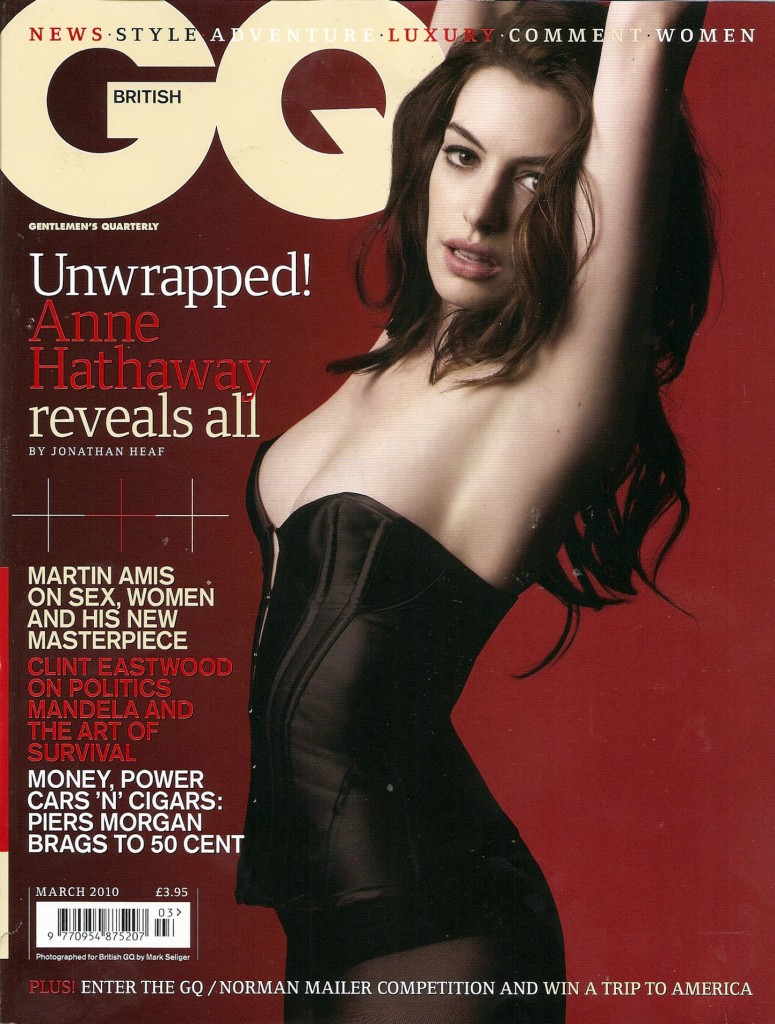
Objectification versus empowerment
By Aleeze Asif, Contributor
The sexual revolution movement of the 1960s was meant to break the social norms that pressured women to act, dress, and play certain roles within society. It led to the eradication of laws against contraceptives and abortion, and encouraged women to “dress to express” rather than “dress to impress.” Over the past few decades, the sexualization of women in the media has become increasingly prevalent. We’re constantly surrounded with images of the female form on newsstands, in advertisements, music videos, movies, etc. But is this form of representation objectification or empowerment?
There are three crucial factors to this argument: the gendered nature of what society considers to be “sexy,” the difference between objectification and self-objectification, and finally, the societal effects of the hypersexualization of women in the media regardless of the intentions of the media and the women involved.
Expanding on the first point, the most evident example can be found in fashion magazines. Generally men in these magazines are seen wearing layers upon layers of clothing while the majority of the women are posing suggestively, half-naked—in the same magazine! But magazines are simply catering to what society deems to be entertaining.
One’s clothes are an imperative form of self-expression. A suit, for example, often exemplifies professionalism, power, and authority. So why is it that a man in a suit can be perceived to be powerful and sexy, while a woman in a pants suit is more likely to be perceived as uptight and conservative? It says a lot about a society when its people would rather see women half-naked in a state of vulnerability rather than dressed to exude authority and power.
The crucial factor between objectification and empowerment in the media is who has power and control over the expression of a woman’s sexuality. For instance, most models find it hard to get a job without signing some sort of a nudity waiver. Women in this situation are left powerless, and have no choice but to comply with the demands of the modeling industry. Sexualization under these circumstances correlates to objectification.
However, suppose an artist chooses to make nudity, provocativeness, or vulnerability a part of her act in order to authentically express creativity. Since the woman in this case has complete control over what she does with her body, this is self-objectification. Making this distinction is absolutely imperative. Self-objectification allows women to take control of their bodies and express their sexuality however they please; objectification leaves them no choice but to do so.
It’s important to note here that nudity in all its forms does not necessarily correlate to objectification, regardless of who holds the power. Viewers can easily identify when media is trying to sell them sex and when nudity is trying to aid creativity or plot. But since it’s unlikely that the viewers are informed of the circumstances behind the content they are viewing, the significance of making the distinction between objectification and self-objectification deteriorates. So the effects of the hypersexualization of women in the media are very similar regardless of the intensions, ideologies, and circumstances surrounding the content.
The hypersexualization of women degrades them to objects of sex rather than intellectual beings capable of leading, inventing, innovating, revolutionizing, and so much more. It has a significant impact on the formation of a young girl’s aspirations, identity, and sense of self. The American Psychological Association linked sexualization of young women to a variety of mental problems. There are notes of empowerment in both modesty and sexual liberation even though they’re polar opposites. That said, there is nothing liberating about the way the media portrays women across all its platforms. In fact, one could say that it’s pressuring women to act, dress, and play certain roles with society. Sound familiar?

